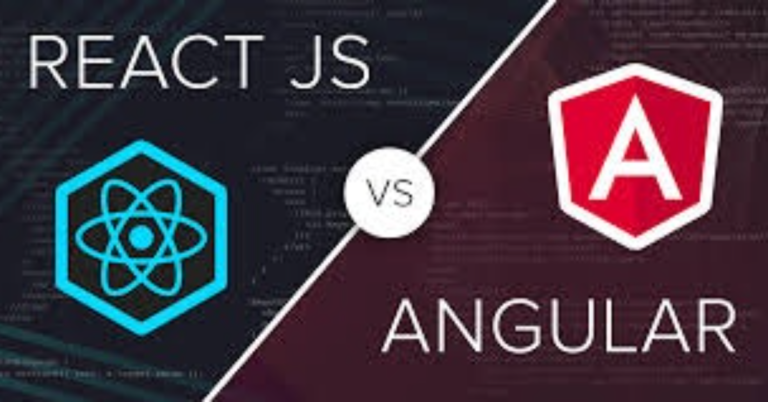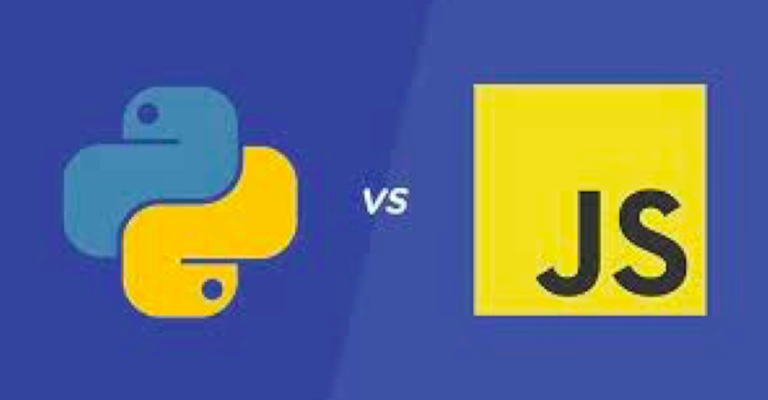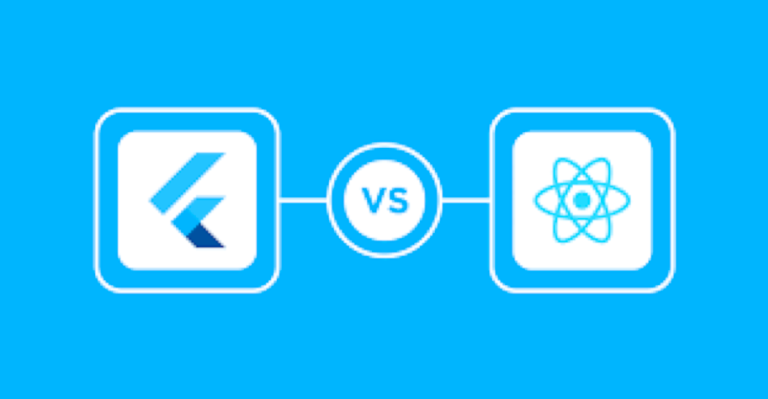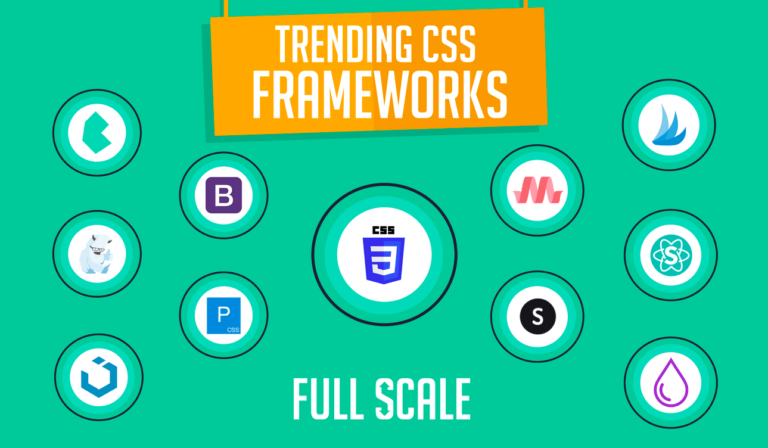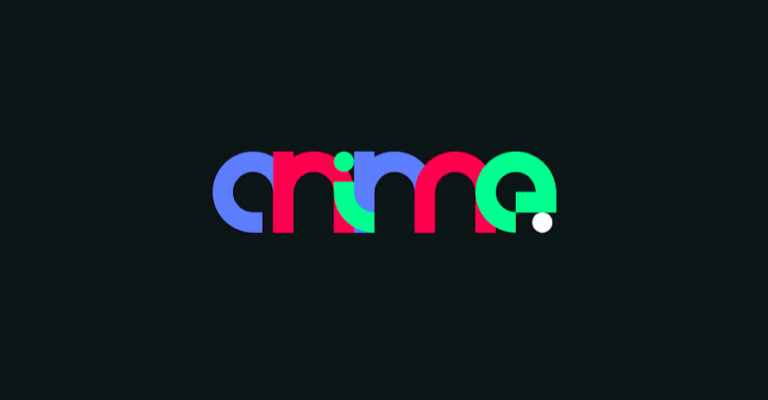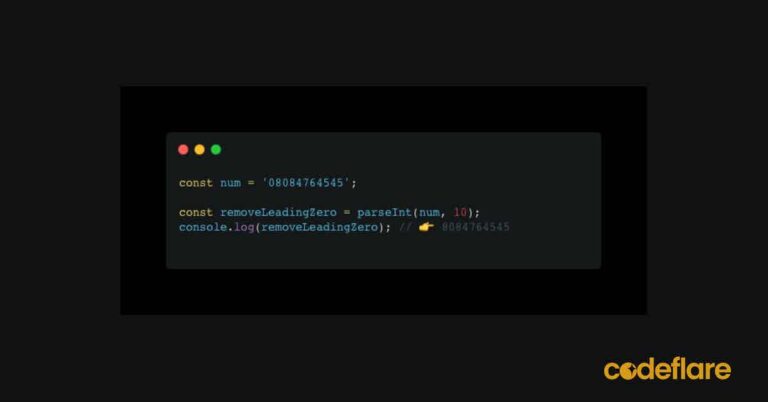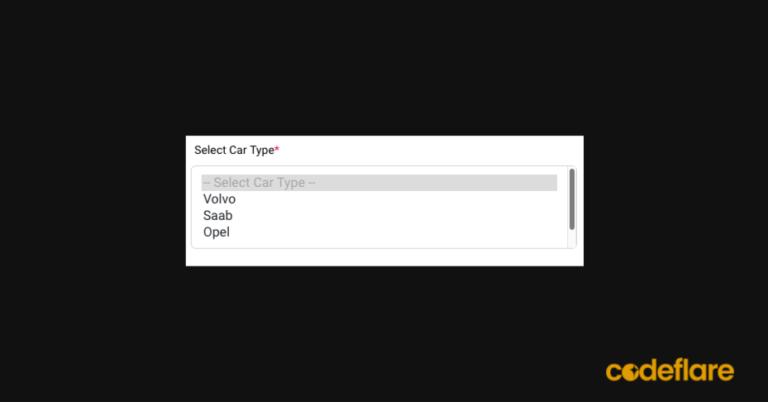In a React application, you can achieve the same functionality of disabling a button when an input...
Clean code is the foundation of successful software development. Writing clean, maintainable, and readable code is crucial...
Toggle password visibility in React can be done easily with the following steps. Toggle password visibility is...
In JavaScript, an array is a data structure that allows you to store multiple values in a...
In web development, a checkbox is a user interface element that allows users to select one or...
JavaScript is a versatile programming language that powers the dynamic nature of the web. With the introduction...
In today’s fast-paced digital world, website performance and user experience are paramount. Users demand quick and seamless...
Conditional rendering is a crucial concept in React, a popular JavaScript library for building user interfaces. It...
What is JSON? In the world of web development, data exchange is a fundamental aspect. Whether it’s...
When it comes to building cutting edge web applications, two frameworks stand out: Angular and React JS....
There are several prominent technology stacks that you can undertake in web development, and one of them...
Today, we are going to create a todo app with React and Node JS. A to-do app,...
You can use JavaScript to search for a particular word, item or phrase in API. This can...
Add React Native gradient to your project. A gradient is a smooth transition or mix of two...
MEAN Stack is a word that has recently gained popularity in the field of software development. It...
The Rise of Remote Work No doubt, the number of companies offering remote work is on the...
In this tutorial, we will see how to accept unlimited arguments in a JavaScript function. A function...
In August 2019, Huawei unveiled its own operating system called Harmony OS and is strongly competing with...
Should I learn Python or Javascript? This is usually a typical question for beginners looking to get...
Flutter or React Native, which one should I choose in 2023? Which one is easier to learn?...
The Bootstrap alternatives you should try in 2023 are numerous and easy to get started with. Bootstrap...
The pros and cons of using a mobile bank lending application is something you should know before...
In this article we will solve the HackerRank Substring challenge (Java solution). Let’s take a look at...
Knowing how to overcome imposter syndrome in the workplace is paramount not only for the sake of...
This article lists the top 50 React Native interview questions and answers in the software development industy....
The best JavaScript animation libraries are the ones that are powerful enough to leave lasting impressions on...
The types of software developers and their responsibilities depends largely on their area of specialization. What is...
Is React Native app development cheaper in 2023, considering that there are several software development options available?...
Software development methodology refers to the framework or process used to develop software applications. It provides a...
Question: count down days, hours, minutes and seconds to a set date in JavaScript JavaScript provides several...
Question: write a JavaScript Program That Prints Out Odd Numbers From 1 – 10 Odd numbers are...
Common React mistakes can slow you down and cause much frustration. As a software developer, working with...
In this article, we will learn how to remove special characters from a string in PHP. Special...
Most times when working with MySQL, it is possible that a blank row is Inserted before new...
FlutterWave payment integration with PHP can be a tedious process if you’re just starting out. Payment integration...
First developed in 2013 by Facebook, React is a JavaScript library for building user interfaces. React components...
Minifying CSS simply means to remove unnecessary characters and white space from the CSS code, making it...
ScrollView is a react native component that allows the user to scroll through a list of components....
The FlatList component is an effective way to display items in a scrollable list view. We can...
Full-stack development refers to the practice of developing and maintaining all layers of a web application or...
Composer is a package manager for PHP that helps developers manage the dependencies of their projects To...
Being a great software developer involves continually learning and improving your skills, staying up-to-date with the latest...
Datafication is the process of turning information into data, or the transformation of various forms of information...
When writing real-time software applications, there are times when you want to increase and decrease a value...
In recent years, remote jobs have become the new norm in many industries. There are several reasons...
If you’re looking to get started with low code and no code technology, it’s important to understand...
This is especially useful when you want to format phone numbers by removing the leading zero. JavaScript...
The Video Assistant Referee (VAR) is used to correct obvious or potentially contentious decisions in football. It...
The multiple select dropdown specifies that multiple options can be selected at once. The <select> tag in...
In this tutorial we are going to see how to add a fullscreen background video in React...









